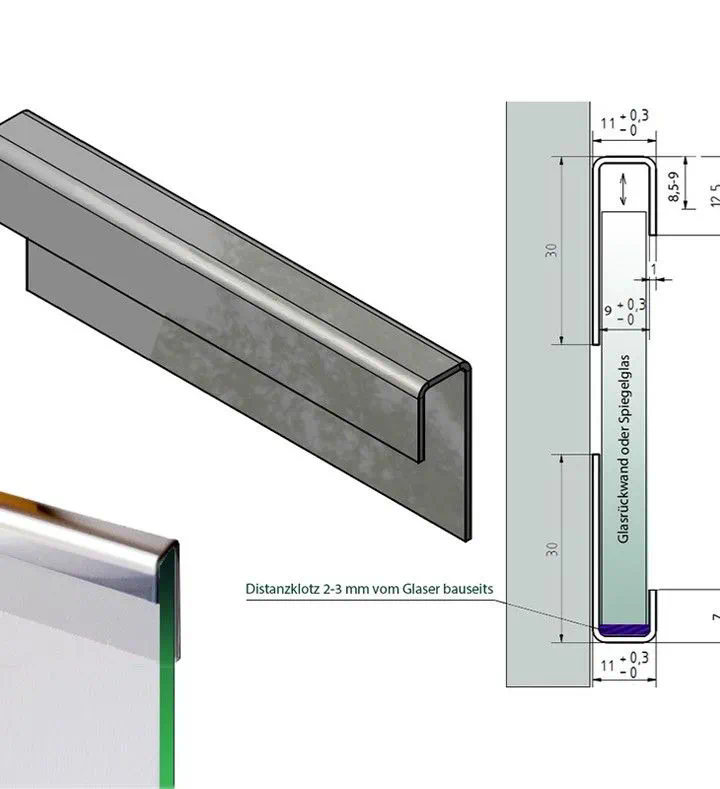Cleaning the jacket of a glass-lined reactor is a crucial process for maintaining the integrity and efficiency of the equipment used in chemical processes. A glass-lined reactor is commonly used in industries such as pharmaceuticals, chemicals, and food processing because of its resistance to corrosion and ability to handle aggressive chemicals. The jacket, typically used for heating or cooling, needs to be cleaned regularly to ensure optimal performance and prevent contamination. Here’s a comprehensive guide on how to effectively clean the jacket of a glass-lined reactor.
Understanding the Glass-Lined Reactor Jacket
The glass-lined reactor jacket is an essential component of the reactor system. It surrounds the main vessel and is designed to provide thermal management. The jacket can be used for both heating and cooling depending on the requirements of the chemical process. The glass lining offers protection against corrosion and chemical attack, which is vital for maintaining the quality and safety of the reactor’s contents.
Importance of Cleaning the Jacket
Cleaning the jacket of a glass-lined reactor is important for several reasons:
1. Preventing Contamination: Residues and buildup within the jacket can lead to contamination of the reactor contents, which can affect the quality of the final product.
2. Maintaining Efficiency: A clean jacket ensures efficient thermal transfer, which is crucial for maintaining the desired temperature within the reactor.
3. Extending Equipment Life: Regular cleaning helps in avoiding issues that can cause damage to the glass lining or other parts of the reactor.
Preparation for Cleaning
Before starting the cleaning process, it’s essential to prepare properly. This preparation includes:
1. Safety Measures: Ensure that all safety protocols are followed. This includes wearing appropriate personal protective equipment (PPE) such as gloves, goggles, and protective clothing. Make sure that the reactor is completely shut down and that any residual chemicals are safely removed.
2. Dealing with Residual Chemicals: Check for any residual chemicals in the jacket and handle them according to the manufacturer’s guidelines. This might involve neutralizing or disposing of chemicals in a safe manner.

3. Gathering Cleaning Supplies: Collect all necessary cleaning supplies. This may glass lined reactor spark test include cleaning solutions, brushes, hoses, and any specialized equipment recommended by the reactor manufacturer.
Cleaning Procedure
Step 1: Empty the Jacket
First, ensure that the jacket is completely empty of any fluids. Drain the jacket thoroughly to remove any remaining liquids.
Step 2: Rinse with Water
Rinse the jacket with clean water to remove loose debris and residues. This step helps in loosening any build-up and prepares the surface for more thorough cleaning.
Step 3: Apply Cleaning Solution
Choose an appropriate cleaning solution based on the nature of the residues and the manufacturer’s recommendations. Common cleaning solutions include mild acids, alkaline cleaners, or specialized glass-lined reactor cleaners.
1. Acidic Cleaners: For removing inorganic residues such as scale or rust, an acidic cleaner might be used. Always follow the recommended dilution ratios and contact times.
2. Alkaline Cleaners: For organic residues such as oils or fats, an alkaline cleaner may be more effective. Ensure that the cleaner is compatible with the glass lining.
3. Specialized Cleaners: Some manufacturers provide specific cleaning solutions designed for their reactors. These should be used according to the manufacturer’s instructions.
Step 4: Scrub and Agitate
Use appropriate brushes or scrubbers to clean the inner surfaces of the jacket. Avoid using abrasive materials that could damage the glass lining. For better cleaning, agitate the cleaning solution by circulating it within the jacket.
Step 5: Rinse Thoroughly
After applying the cleaning solution and scrubbing, rinse the jacket thoroughly with clean water. Ensure that no cleaning solution residues are left behind, as they could potentially cause contamination or react with future chemicals.
Step 6: Inspect the Jacket
Inspect the jacket for any remaining residues or signs of damage. Ensure that the glass lining is intact and free from cracks or chips. If any issues are found, address them before proceeding.
Step 7: Dry the Jacket

Allow the jacket to dry completely before using the reactor again. This can be done naturally or with the help of drying equipment, depending on the urgency and the reactor’s specifications.

Post-Cleaning Maintenance
Once the jacket is cleaned and dried, it’s important to perform routine maintenance to ensure long-term performance:
1. Regular Inspections: Schedule regular inspections to check for any signs of wear or damage. Early detection of issues can prevent more serious problems.
2. Documentation: Keep detailed records of cleaning procedures, including the types of cleaning solutions used, duration of cleaning, and any observations made during the process. This documentation can be useful for audits and future maintenance planning.
3. Preventive Measures: Implement preventive measures to reduce the frequency of cleaning. This might include optimizing the process conditions to minimize residue buildup or using protective coatings.
Troubleshooting Common Issues
During the cleaning process, you may encounter some common issues:
1. Persistent Residues: If residues remain after the cleaning process, consider using a more aggressive cleaning solution or adjusting the cleaning procedure. Ensure that the cleaning agents used are compatible with the glass lining.
2. Glass Lining Damage: If you notice any damage to the glass lining during the inspection, it’s important to address it promptly. Contact the manufacturer for guidance on repair or replacement.
3. Ineffective Cleaning: If the cleaning process is not effective, review the procedure and ensure that all steps were followed correctly. Sometimes, adjusting the cleaning solution concentration or increasing agitation can improve results.
Conclusion
Cleaning the jacket of a glass-lined reactor is a critical maintenance task that ensures the reactor operates efficiently and safely. By following a systematic cleaning procedure, adhering to safety protocols, and performing regular maintenance, you can extend the life of the reactor and maintain the quality of your processes. Always refer to the manufacturer’s guidelines for specific recommendations related to your equipment and cleaning requirements.
